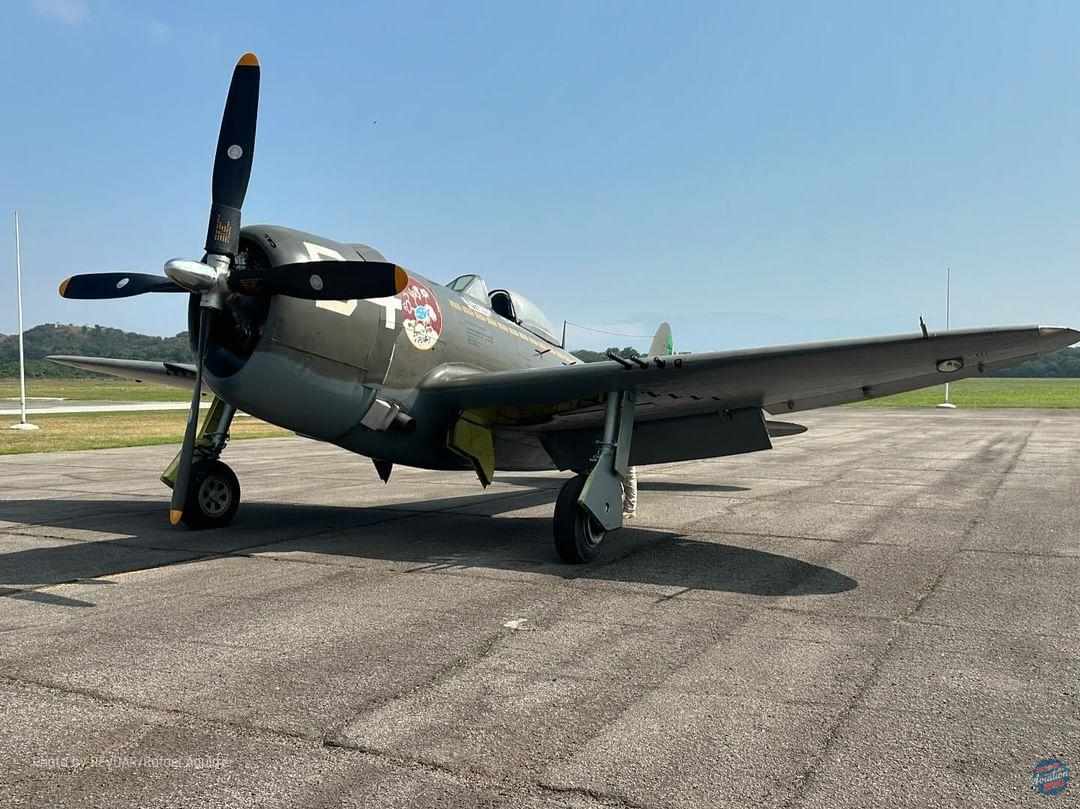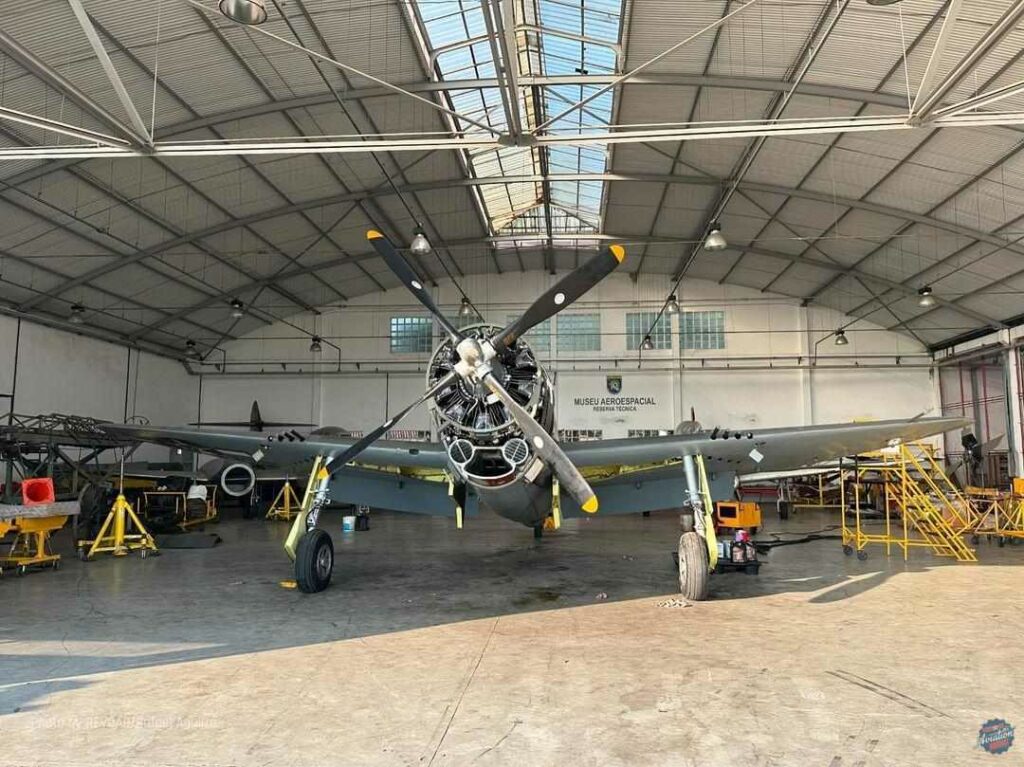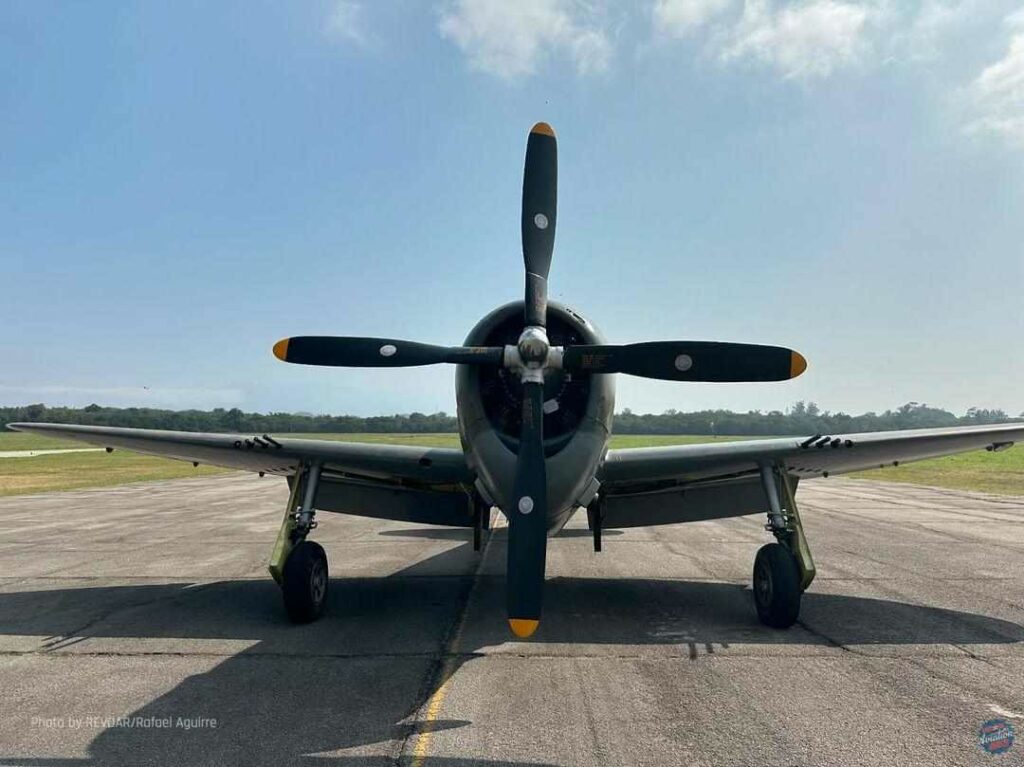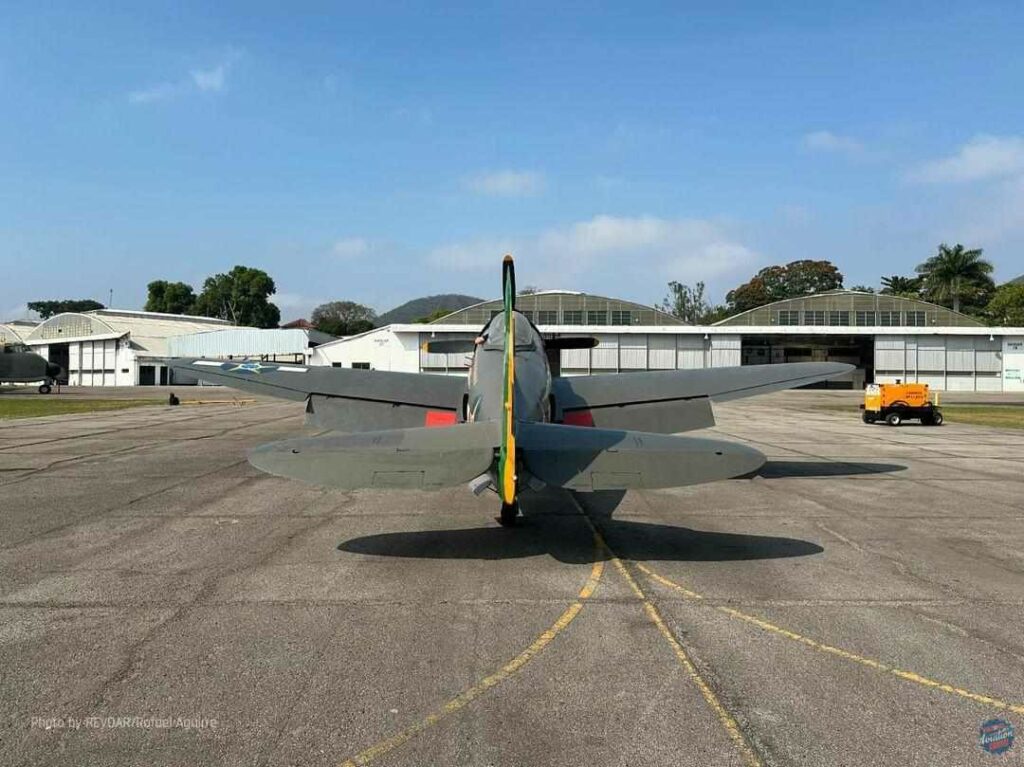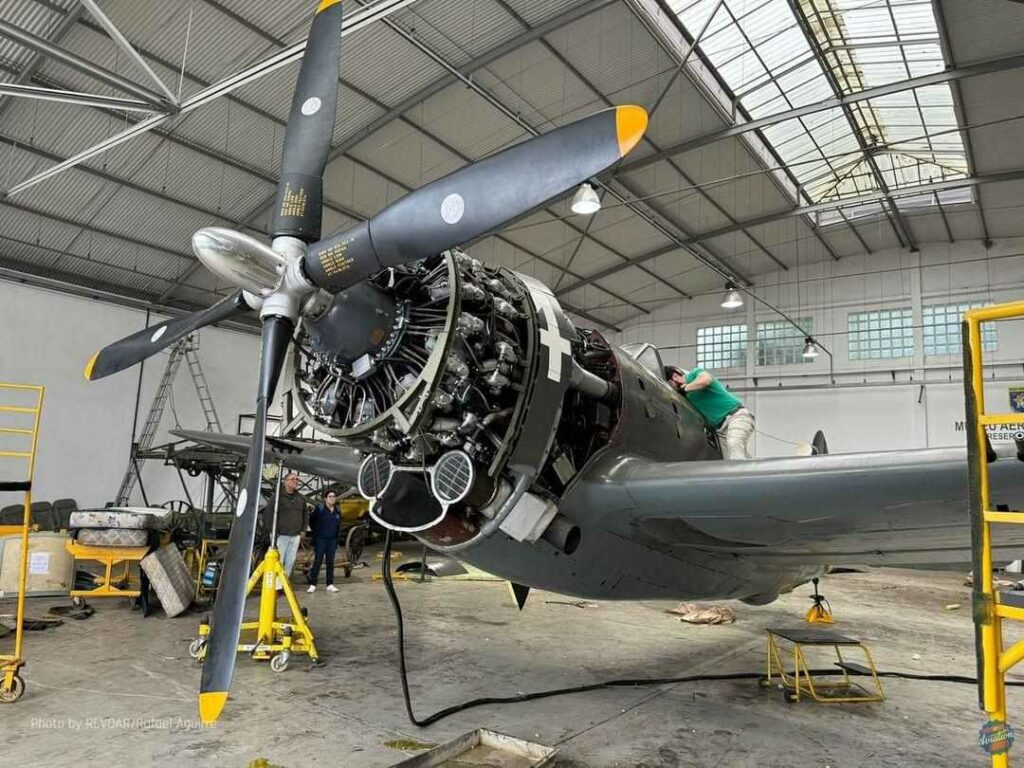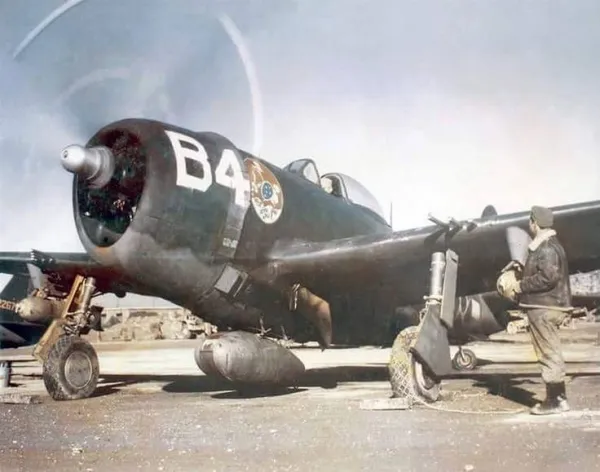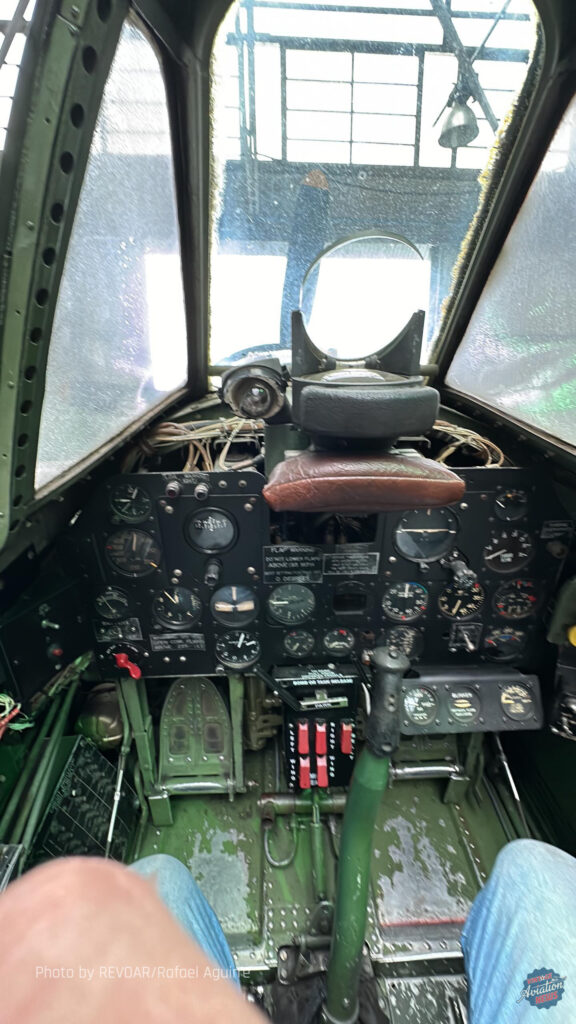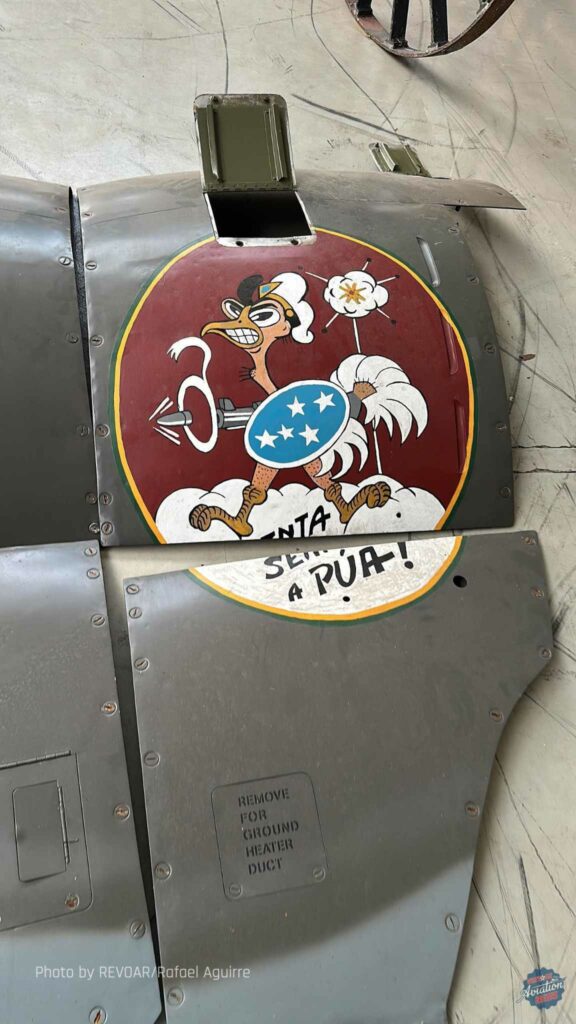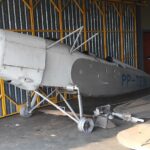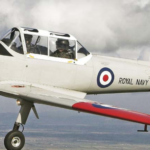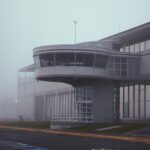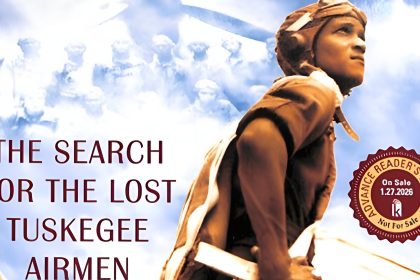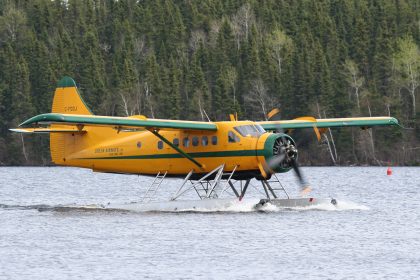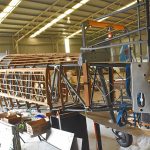After two expeditions totaling eight days and 70 hours of intense work, the Brazilian Aircraft Restoration Association REVOAR, in partnership with Museu Aeroespacial Força Aérea Brasileira Museu Aeroespacial Instituto Histórico-Cultural da Aeronáutica and Força Aérea Brasileira , successfully revived the Pratt & Whitney R-2800 Double Wasp engine of the P-47D Thunderbolt, which had been grounded for years due to technical issues. Critical interventions were made to the aircraft’s systems, ensuring that three taxi runs could be completed with maximum safety.
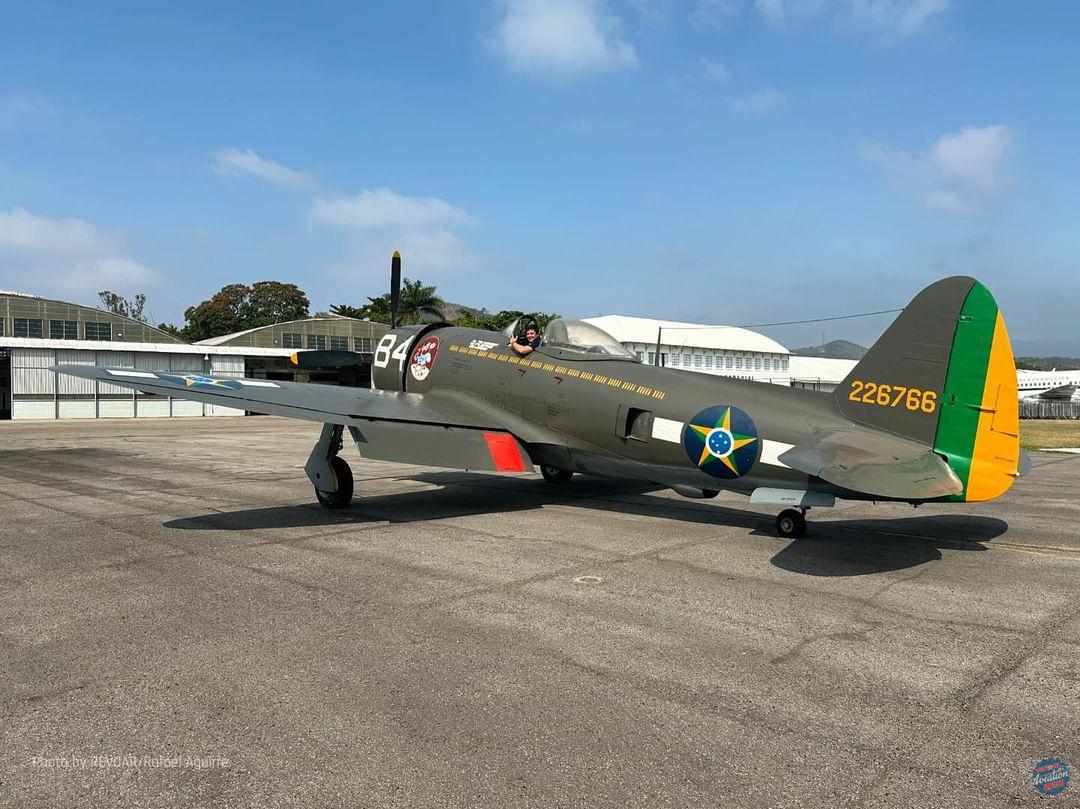
The Revoar team, experts in the restoration and maintenance of vintage and classic aircraft, conducted thorough inspections, maintenance, and necessary replacements to achieve this milestone. During World War II, the Brazilian Air Force operated several P-47 Thunderbolts, thanks to the “Lend-Lease” Act. Proposed in 1940 and signed into law on March 11, 1941, this act allowed the U.S. President to provide military aid to nations that could contribute to the war effort. In return, these countries permitted the Allies to build and operate military bases on their soil, and in some cases, contributed troops to the fight. Following Brazil’s agreement with the United States, American forces supplied Brazilian bases with an array of new equipment, including guns, Jeeps, trucks, tanks, and airplanes.
During the Italian campaign, the 1st Fighter Group of the Brazilian Air Force (1º Grupo de Caça da Força Aérea Brasileira) operated a total of 48 P-47Ds in combat, out of 67 received, with 19 serving as backup aircraft. Between November 1944 and May 1945, the unit completed 445 missions across northern Italy and Central Europe, losing 15 P-47s to German anti-aircraft fire and five pilots in action. In the early 1980s, the American government honored the group with the Presidential Unit Citation for its remarkable contributions during World War II.
Constructed as a P-47D-40-RA by Republic in Evansville, Indiana, the aircraft was taken on strength by the United States Army Air Force around 1945, bearing the serial number 45-49151. Between 1949 and 1950, it served with the Virginia Air National Guard.
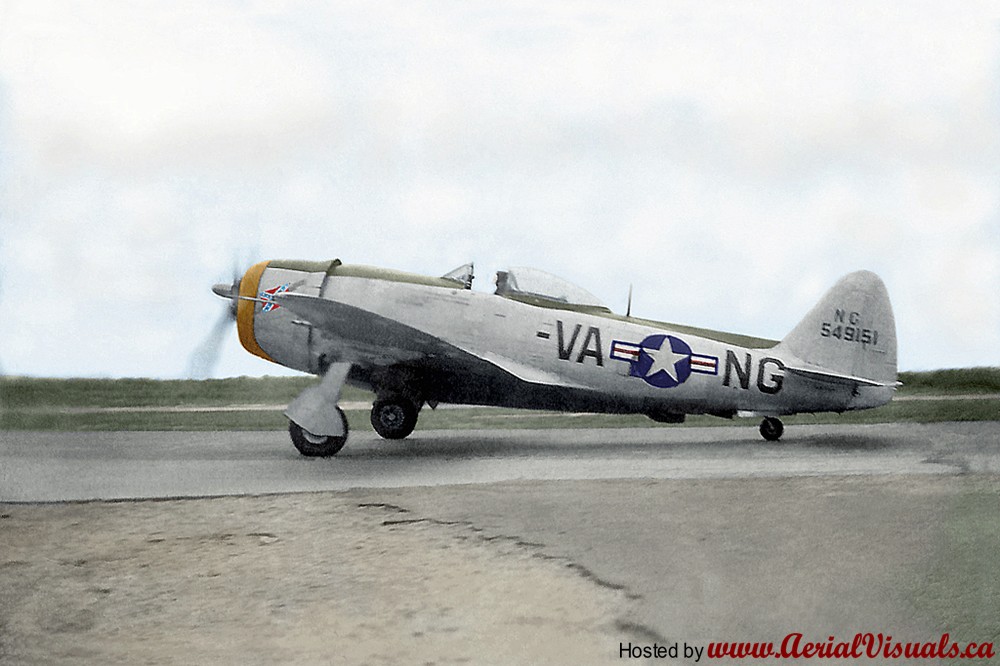
On August 13, 1953, the aircraft was transferred to the Força Aérea Brasileira, where it was designated as an F-47 with the serial number 4184. The F-47, serial number 4184, was delivered to the Brazilian Air Force on August 13, 1953. Initially, it served as an instructional airframe at São José dos Campos in 1960 before being relocated to Quaratinguetá Air Base in São Paulo, where it remained from 1967 to 1972. In 1977, the aircraft was transferred to the Museu Aeroespacial at Campos dos Afonsos Air Base in Rio de Janeiro, where it was displayed under the designation FAB/420339/D3. Between 1987 and 1996, the aircraft underwent extensive restoration to become airworthy again, culminating in its first flight in 1996 as USAAF/226766/B4. Since then, it has been displayed at the museum.
Rafael Aguirre, a member of the board of directors for REVOAR told us: ” This partnership is just the beginning—exciting developments are on the horizon!” Currently, REVOAR is working on getting a rare Muniz M-7 ready for its first post-restoration flight in October 2024, the anniversary month of the type’s first flight in 1935. For more information, visit www.revoar.org







